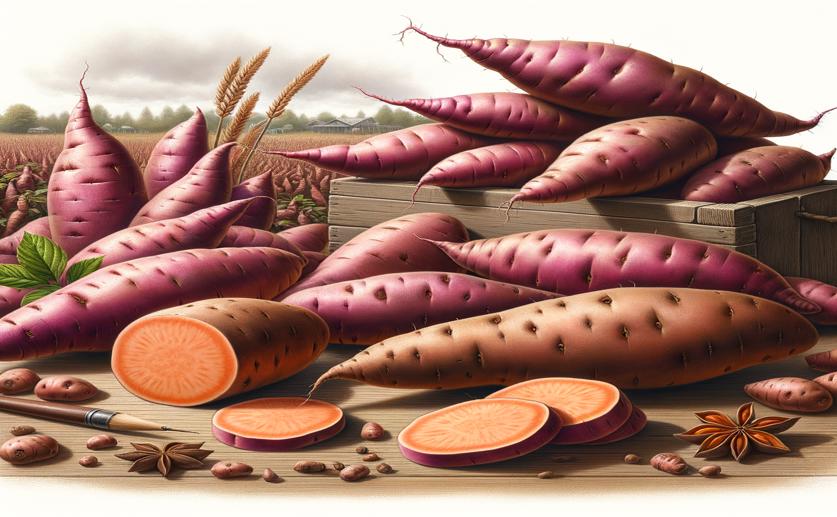
Stability and Performance of Sweet Potato Yield in Different Varieties
Greg Howard
24th May, 2024

Image Source: Natural Science News, 2024
Key Findings
- The study evaluated 17 sweet potato varieties across five regions in Bangladesh to identify the highest yielding and most stable varieties
- BARI Mistialu-12 had the highest average storage root yield at 45.35 t/ha, followed by BARI Mistialu-16 at 44.64 t/ha, while BARI Mistialu-1 had the lowest yield at 25.99 t/ha
- BARI Mistialu-12 was identified as the most stable variety, making it ideal for widespread cultivation across different regions
VegetablesAgriculturePlant Science
References
Main Study
1) Stability and performance analysis of storage root yield in a dataset of sweet potato varieties (Ipomoea batatas L.).
Published 23rd May, 2024
https://doi.org/10.1016/j.dib.2024.110493
Related Studies
2) Yield performance and trait correlation of BARI released sweet potato varieties studied under several districts of Bangladesh.
3) Multi trait stability indexing and trait correlation from a dataset of sweet potato (Ipomoea batatas L.).



 29th February, 2024 | Greg Howard
29th February, 2024 | Greg Howard